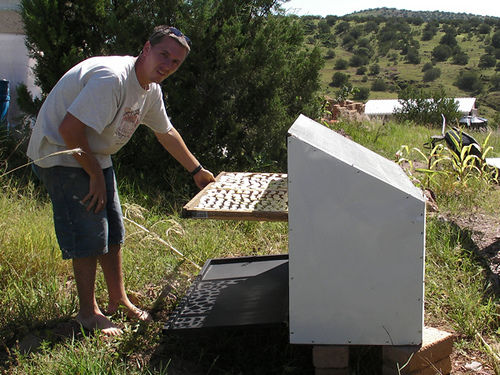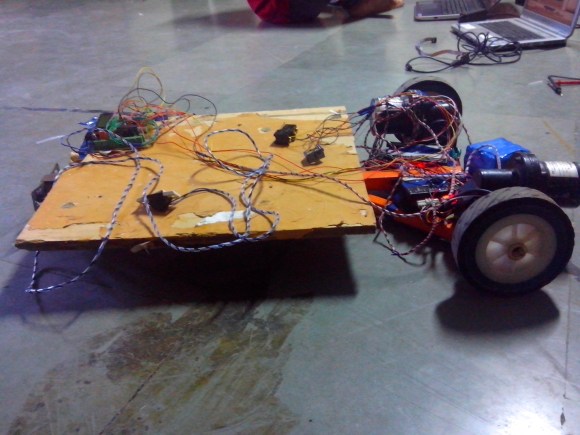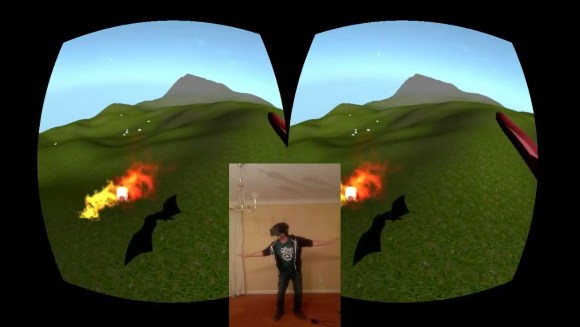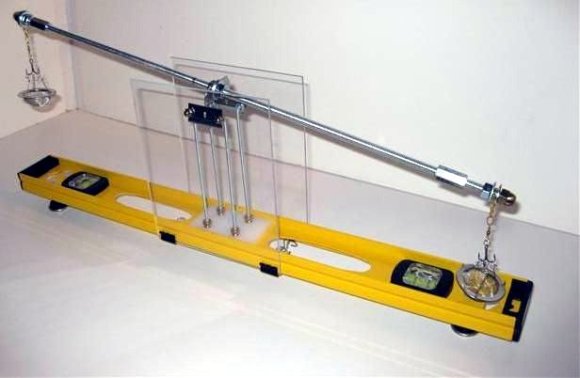
This interesting take on weights and measures uses a two foot long level as the base for a diy equal arm balance. The balance is the oldest method used for measuring mass. That’s because you don’t even need a reference weight for it to work as long as you are measuring ingredients that are proportional to each other in whole numbers.
The key to accuracy with these scales is to reduce friction at the fulcrum. In this case the fulcrum is made of two upturned razor blades on the base, with a single razor blade resting perpendicular to those on the arm. But because gravity is doing the equalization, the base must be as level as possible. Adjustable feet were added to the base so that it can be leveled on two axes. When the tower at the center was built (using threaded rod) a disc level was used to fine-tune the mounting angle of the two razor blades. The finishing touches include a coupling nut on each end for fine-tuning the balance, and the halves of a tea ball strainer as the weighing vessels.

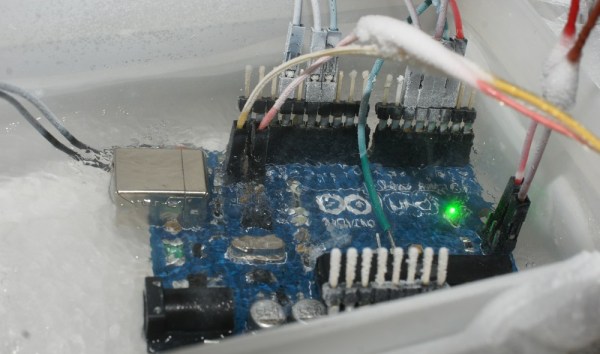
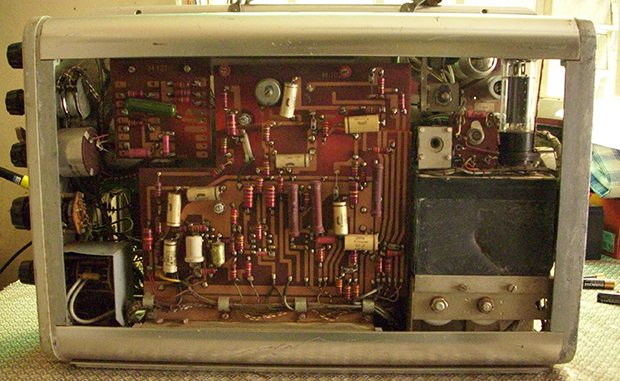
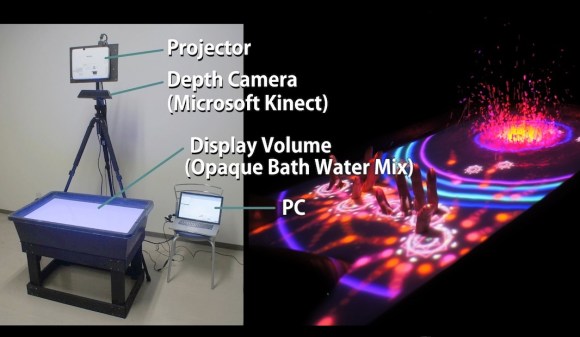 Are you ready to make a utility sink sized pool of water the location of your next living room game console? This demonstration is appealing, but maybe not ready for widespread adoption.
Are you ready to make a utility sink sized pool of water the location of your next living room game console? This demonstration is appealing, but maybe not ready for widespread adoption. 